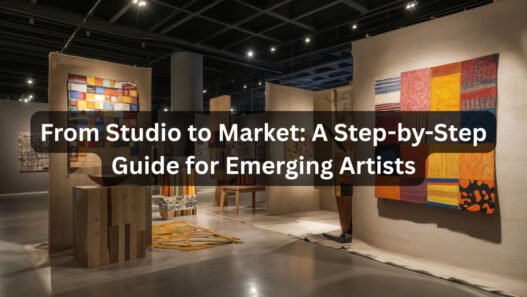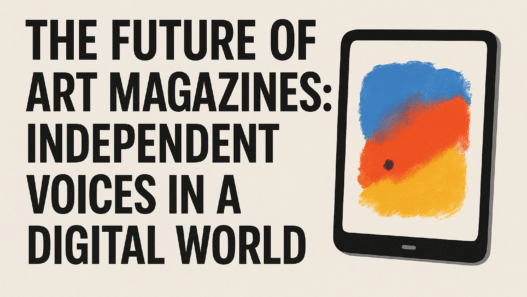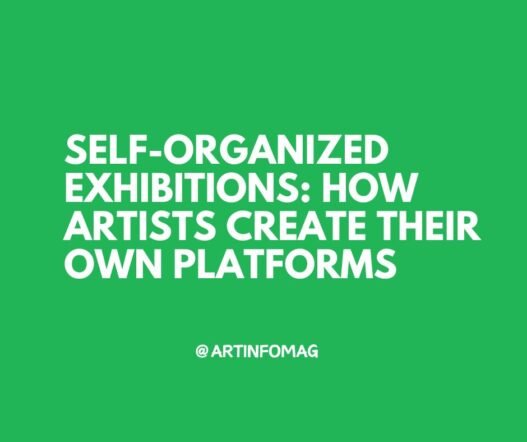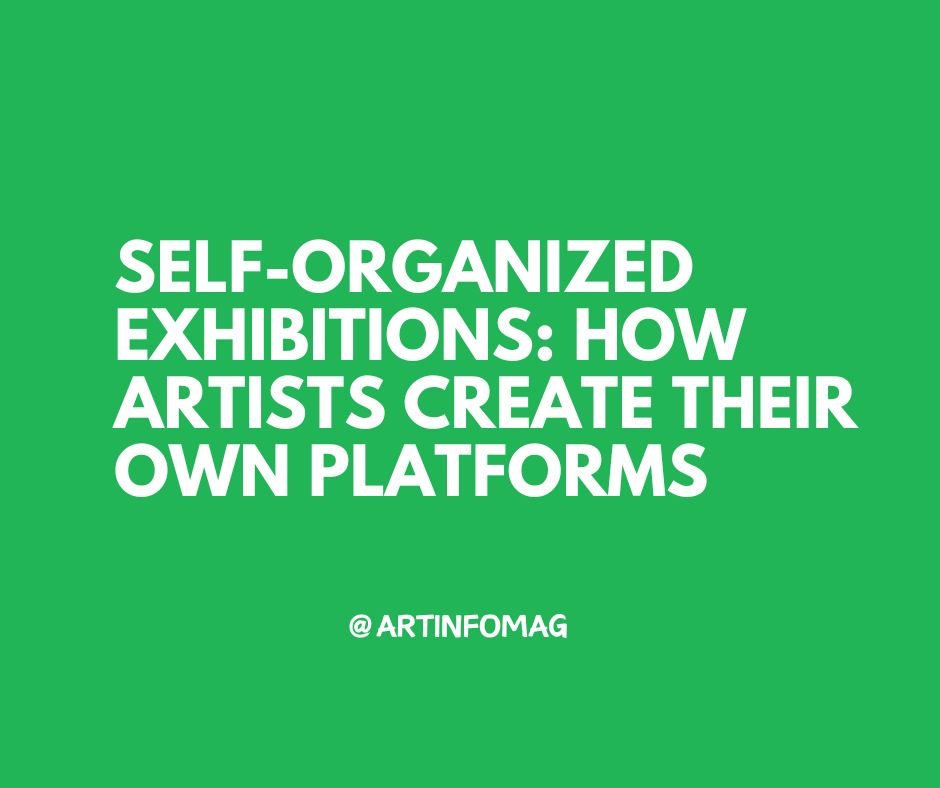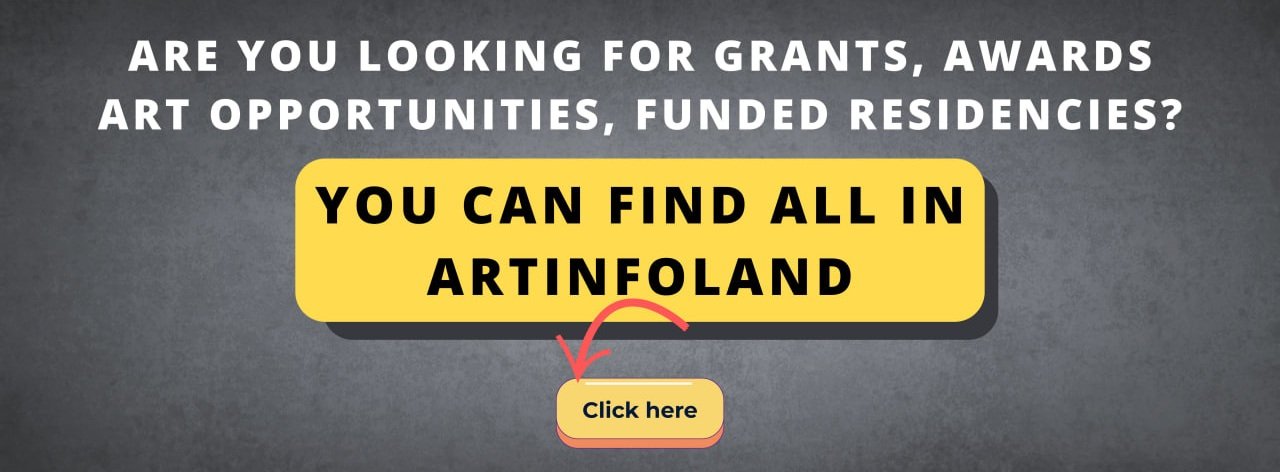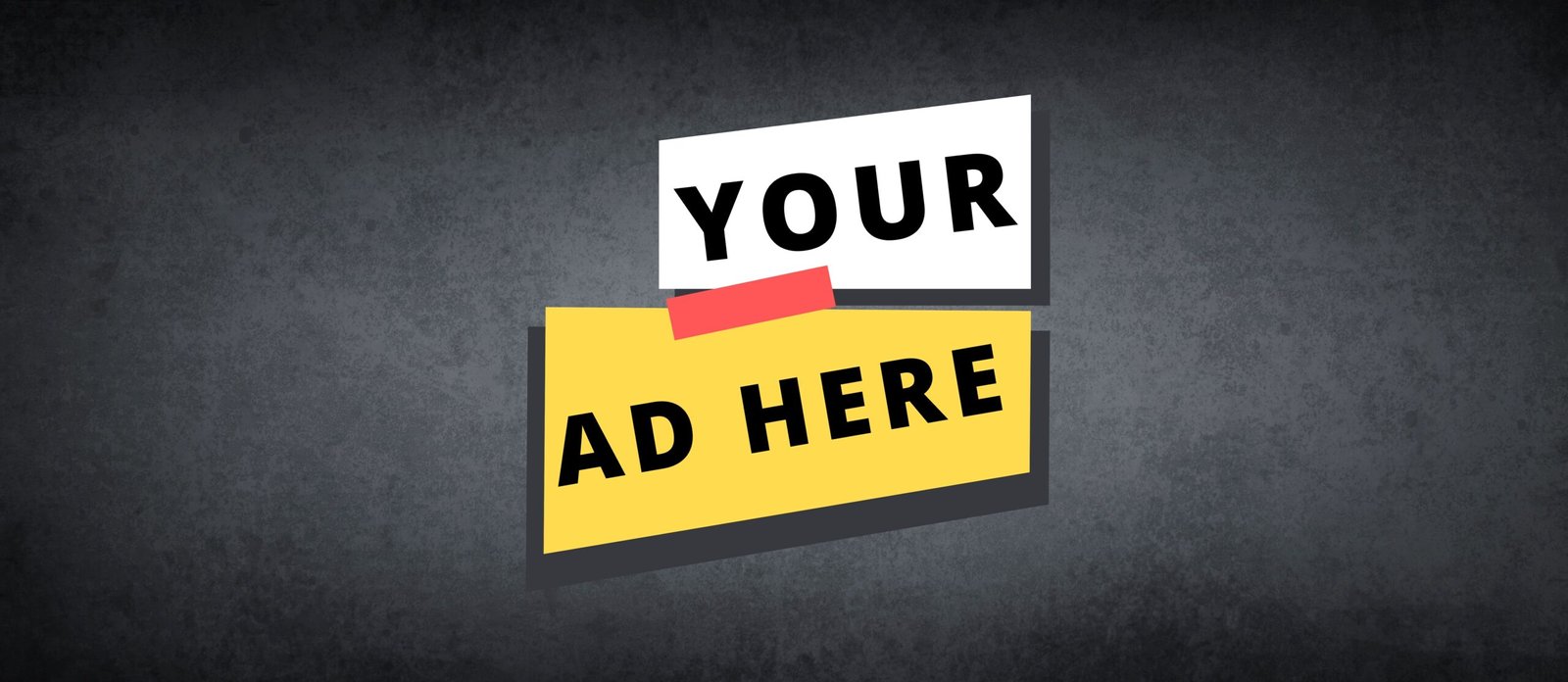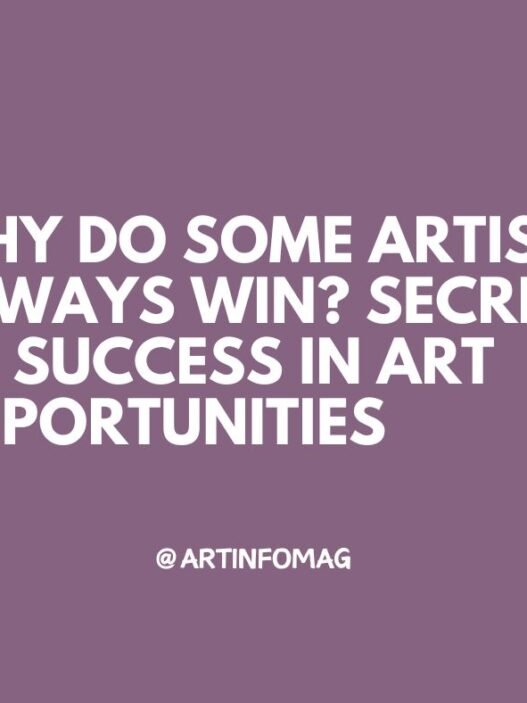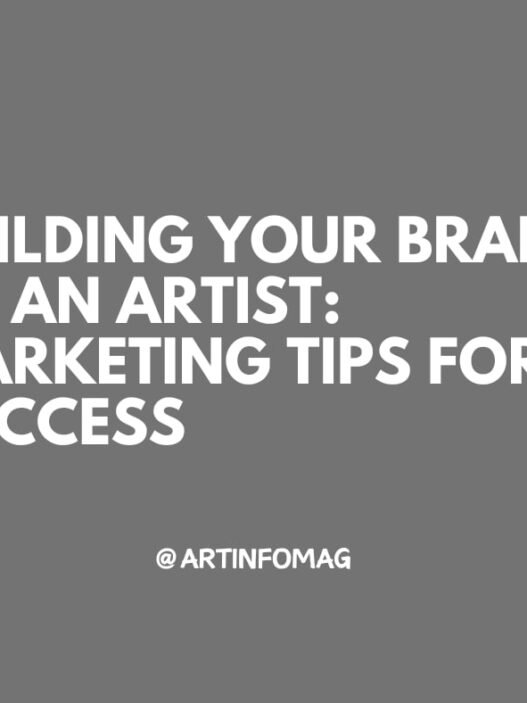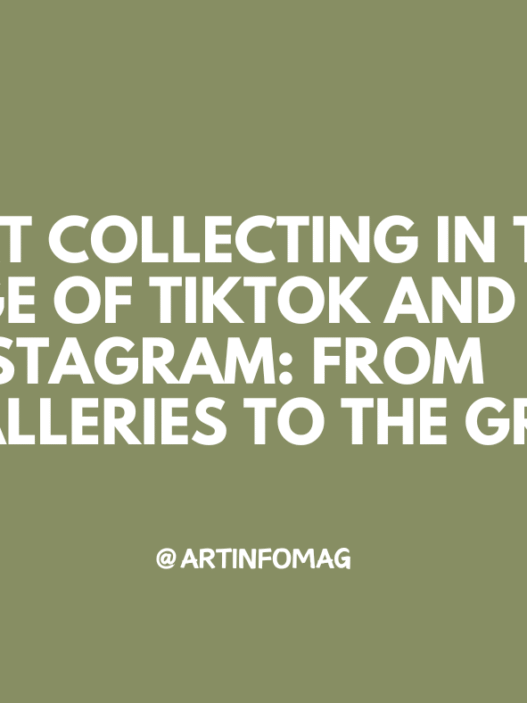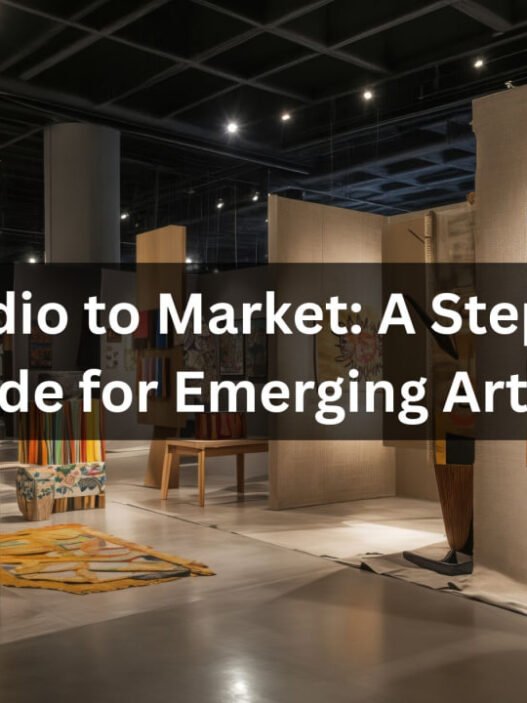In today’s fast-changing art world, waiting for a gallery, museum, or institution to provide a stage is no longer the only option for artists. Increasingly, artists are turning to self-organized exhibitions—curating their own shows in alternative spaces, online platforms, or collective initiatives. These projects not only give artists autonomy but also reshape how audiences engage with contemporary art, fostering inclusivity and innovation. For Artinfoland’s community of emerging artists, self-organized exhibitions are a powerful way to bypass barriers, amplify diverse voices, and build sustainable careers in a competitive landscape.
Why Self-Organized Exhibitions Matter
For emerging artists, breaking into established gallery systems can feel nearly impossible. The selection processes are competitive, often exclusive, and influenced by market demands. Self-organized exhibitions offer a vital alternative, empowering artists to:
- Take Control of Presentation: Artists dictate how their work is curated and displayed, ensuring their vision remains unfiltered by institutional agendas.
- Experiment Freely: Without the constraints of commercial galleries, artists can explore experimental or socially engaged themes, such as identity, decolonization, or mental health, as seen in projects like State of the Nation: A BIPOC Artist Perspective.
- Connect Directly with Audiences: By bypassing gatekeepers, artists engage directly with viewers, fostering authentic connections that can lead to sales, collaborations, or institutional recognition.
- Build Visibility: A successful self-organized show, like Linda Brogan’s MY MUM IS WHITE, which transformed a gallery into a psychotherapeutic exploration of mixed-race identity, can attract curators and residencies, amplifying an artist’s career.
Alternative Spaces: Redefining the Gallery
Self-organized exhibitions thrive in unconventional locations, creating intimacy and immediacy that white-cube galleries often lack. Abandoned buildings, artist studios, public parks, warehouses, or even apartments have become vibrant exhibition spaces. For example, Wendy Red Star’s multimedia installations, blending humor and Indigenous heritage, have used non-traditional settings to challenge stereotypes and engage communities.
Artists also collaborate with community centers, cafés, and bookshops to make art accessible to broader publics who may not typically visit galleries. These partnerships democratize art, inviting diverse audiences to engage with works that address pressing issues like social justice or cultural identity, as seen in Indigenous Identities exhibitions.
Going Digital: Borderless Platforms
The digital shift has revolutionized self-organization, enabling artists to curate exhibitions entirely online. Platforms like Instagram, virtual galleries like Vresidency, and custom websites offer flexible, low-cost spaces with global reach. Virtual exhibitions allow artists to showcase work to international audiences while maintaining creative independence, as demonstrated by KODA’s 2024 Mental Health Open Call, which supported digital artist-led projects exploring wellness.
Digital platforms also enable interdisciplinary formats, combining video, text, sound, and performance in ways physical spaces might restrict. This flexibility is ideal for artists exploring complex themes, such as decolonization or mental health, allowing for innovative storytelling that resonates globally.
Artist Collectives: Strength in Collaboration
Self-organization often thrives through collective action. Artist groups pool resources, skills, and audiences to create stronger platforms, as seen in initiatives like Supermarket Art Fair in Stockholm, which emphasizes collaborative practices. Collectives share curatorial responsibilities, split costs, and build wider networks, fostering solidarity in a system that can feel isolating and competitive.
Historic examples, like the Independent Group in London or the Guerrilla Girls, show how collectives not only bypass traditional structures but also challenge power dynamics, advocating for marginalized voices. Today, collectives like the Black Artist Database use platforms like X to connect artists with galleries and residencies worldwide, amplifying underrepresented perspectives.
Funding & Sustainability: Making It Work
While self-organized exhibitions offer freedom, they require resources. Artists are finding creative ways to sustain their projects:
- Crowdfunding Campaigns: Platforms like Kickstarter help cover space rental, production, and promotional costs, engaging communities in the process.
- Micro-Grants: Local councils or cultural institutions offer small grants that support artist-led initiatives, particularly those addressing social issues.
- Collaborations with Businesses: Partnering with local businesses, such as cafés or bookstores, can secure affordable venues in exchange for visibility, strengthening community ties.
Though financial precarity is a challenge, these methods build long-term networks and community support, ensuring projects remain sustainable.
Benefits for Emerging Artists
Self-organized exhibitions offer unique advantages for artists seeking to build their careers:
- Creative Control: Artists dictate the narrative, curatorial approach, and presentation, ensuring their work reflects their vision without institutional compromise.
- Networking Opportunities: These shows foster direct connections with peers, curators, and audiences. Posts on X about artist-led initiatives, like those by La Tanya S. Autry, show how self-organized projects can spark curator interest and lead to institutional invitations.
- Visibility for Underrepresented Voices: By centering themes like identity or social justice, these exhibitions amplify marginalized perspectives. The Indigenous Identities exhibitions, for instance, have elevated Native American artists by showcasing their resilience and cultural narratives.
- Portfolio Building: Organizing an exhibition demonstrates initiative and curatorial skills, strengthening applications for residencies, grants, or open calls listed on platforms like Artinfoland.
Challenges and Solutions
While empowering, self-organized exhibitions come with challenges. Limited budgets, lack of institutional support, and logistical hurdles can be daunting. However, artists are finding innovative solutions:
- Crowdfunding and Grants: Platforms like Kickstarter or local arts grants can fund projects. Collaborating with collectives reduces individual costs.
- Leveraging Digital Tools: Free or low-cost tools like Google Meet for virtual shows or Canva for promotional materials make organization easier.
- Community Partnerships: Partnering with local businesses or community centers can secure affordable venues and build audience engagement.
The Future of Self-Organization
As institutional structures face criticism for exclusivity and slow adaptation, self-organized exhibitions are poised to grow. They represent not just a practical solution but a political statement: artists reclaiming agency in how art is produced, displayed, and consumed. These projects are incubators of the future art world, testing new formats, audiences, and conversations before they reach mainstream spaces. For instance, artist-led initiatives on X, like La Tanya S. Autry’s advocacy for ethical representation, are sparking curatorial interest and reshaping institutional priorities.
Why This Matters for Artinfoland’s Community
For Artinfoland’s audience, self-organized exhibitions align perfectly with the platform’s mission to connect artists with opportunities. These DIY initiatives empower creators to take charge of their careers, particularly when traditional pathways are inaccessible. By showcasing work that engages with identity, decolonization, or mental health, artists can attract attention from curators, residencies, and funding bodies listed on Artinfoland, amplifying their impact.
The Takeaway: Empowerment Through Creation
Self-organized exhibitions are more than a stepping stone—they’re platforms of empowerment, innovation, and community. By creating their own spaces, artists dismantle barriers, foster inclusive dialogues, and redefine success in the art world. For emerging creatives, these initiatives offer a chance to experiment, connect, and shine. At Artinfoland, we celebrate this DIY spirit and encourage artists to seize the power of self-organization to build platforms that resonate far beyond the gallery walls, reminding us that art doesn’t need permission to exist.




